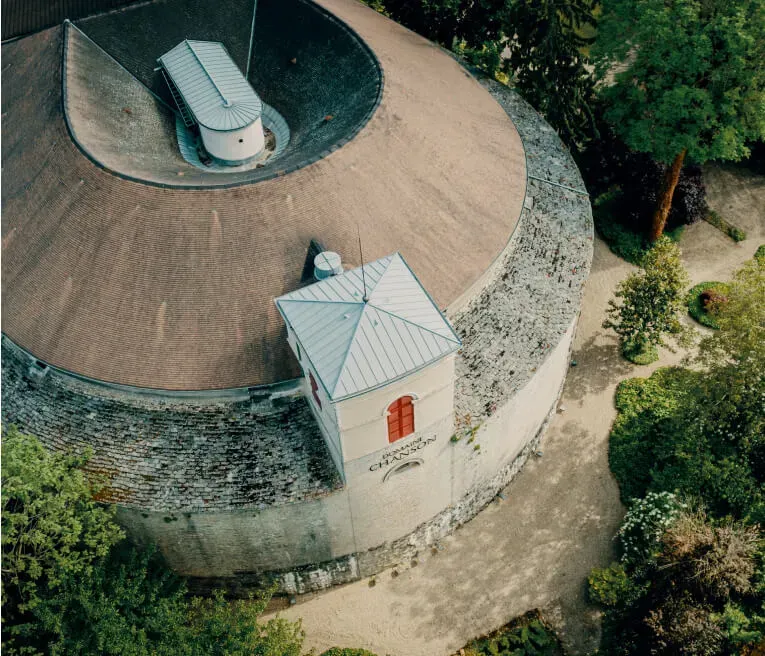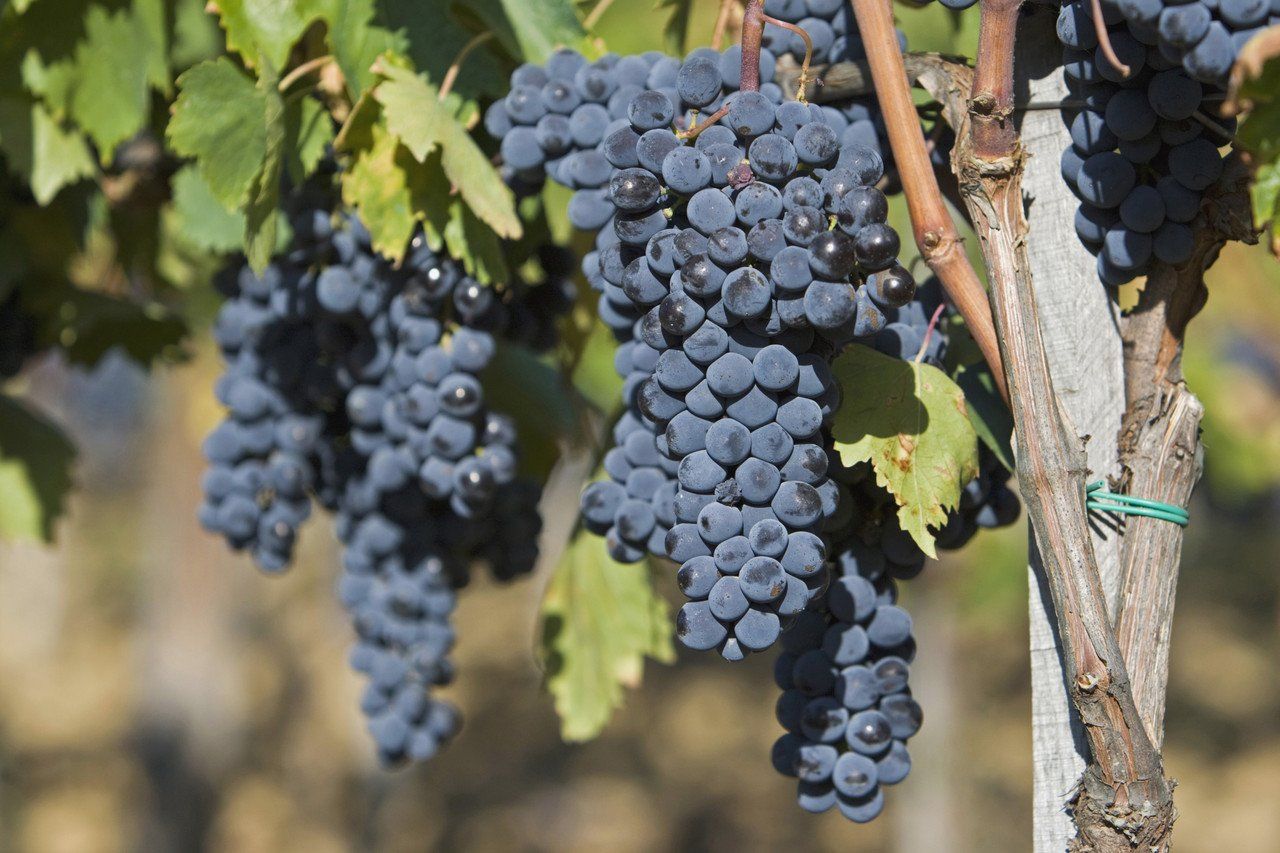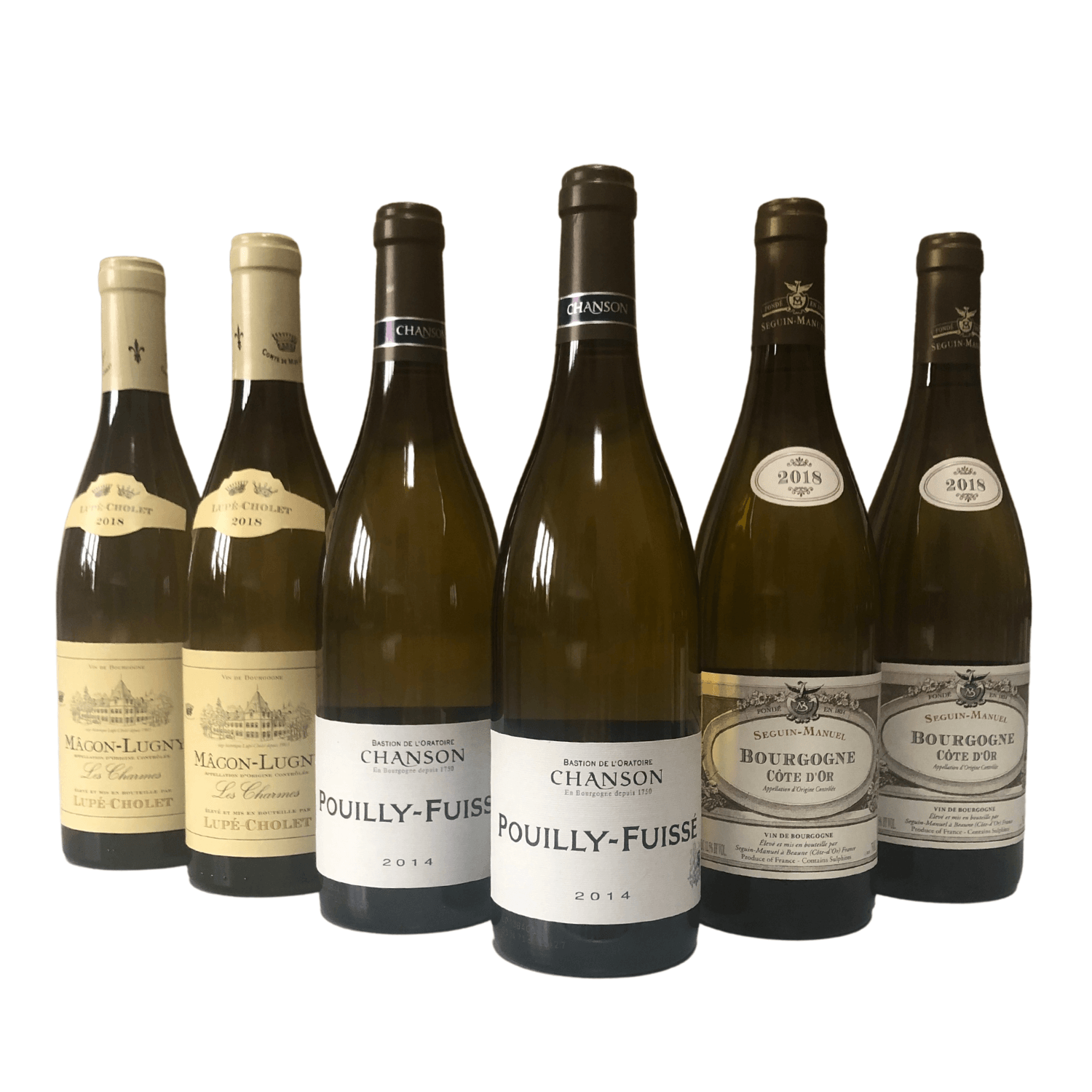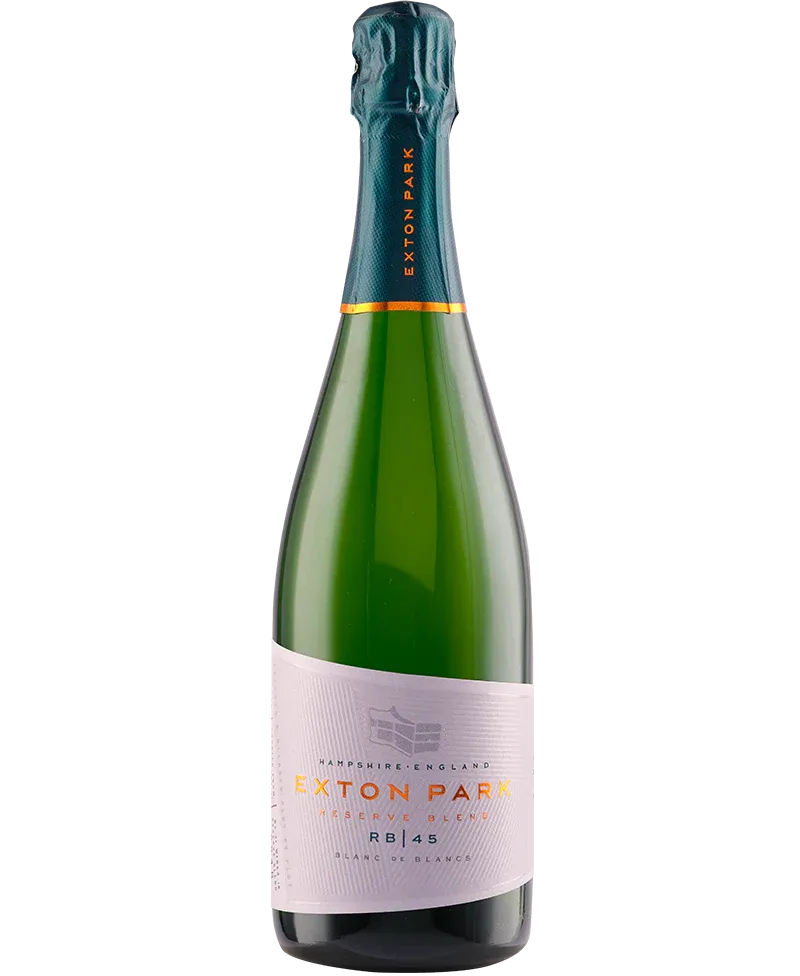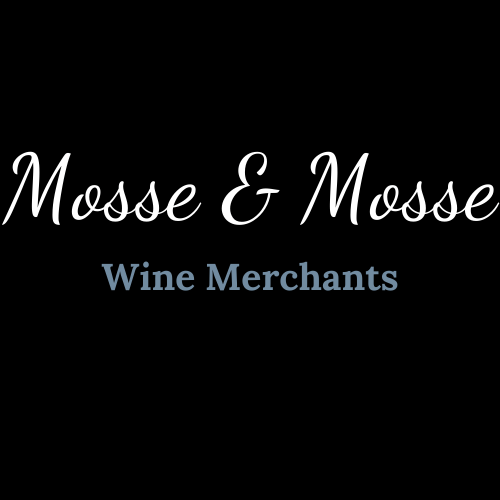Wine and Cheese Pairing: Ultimate Guide to Perfect Matches
Wine and Cheese Pairing: Ultimate Guide to Perfect Matches

Need an instant answer to ‘what wine with which cheese?’ Keep this mini-chart handy. Perfect for quick reference before the guests arrive.
| Cheese | Wine | Why it works |
|---|---|---|
| Brie (soft, bloomy) | Champagne | Bubbles slice through cream |
| Goat’s Cheese | Sauvignon Blanc | Zingy acidity lifts tang |
| Gruyère | Pinot Noir | Gentle tannins echo nuttiness |
| Mature Cheddar | Cabernet Sauvignon | Firm tannin meets firm texture |
| Stilton | Tawny Port | Sweetness tames salt & funk |
Wine’s acidity and tannin act as a palate squeegee, whisking away the fat and protein that give cheese its richness; in return, the dairy smooths any harsh edges in the glass.
In minutes you’ll discover the science behind those reactions, four fool-proof rules, and a blueprint for building a show-stopping board and wine flight with confidence, whether you’re hosting Tuesday supper or a wedding feast. Ready to uncork and slice like a pro?
Step 1 – Understand the Science Behind the Match
Cheese and wine feel instinctive together, yet a few chemical quirks make the pairing click. Grasp these and you’ll know why some combinations sing while others jar.
Tannin, Fat and Protein: Opposites Attract
Tannins latch onto protein and fat, smoothing their own astringency. Try it: nibble a bite of mature Cheddar, sip Cabernet Sauvignon, then repeat—notice how the second sip feels silkier? The cheese’s fat has “buffed” the wine’s rough edges.
Acidity and Salt: The Balancing Act
High-acid whites act like a squeeze of lemon, cutting richness and taming salt. Think Albariño or Riesling alongside crumbly Feta, or the classic Greek duo of Assyrtiko with salty halloumi.
Intensity Matching: Keep Flavours in the Same League
Light wines with delicate cheeses, full-bodied wines with powerhouses.
- Mild: Mozzarella, young Gouda ↔ Pinot Grigio, Beaujolais
- Robust: Aged Comté, Stilton ↔ Rioja Reserva, Barolo
Terroir Logic: What Grows Together Goes Together
Centuries of trial prove regional matches: Sancerre with Crottin de Chavignol, Rioja with Manchego. Closer to home, pair Cornish Yarg with a crisp English Bacchus from your local farm shop and taste the landscape in stereo.
Step 2 – Master the Four Golden Pairing Principles
Rules keep the panic at bay. Learn these four and you can stroll into any deli or off-licence and choose by instinct rather than guesswork.
Rule 1: Match Intensity Before Anything Else
Powerful wines need cheeses that won’t be bullied. Quick quiz: you’ve poured a peppery Shiraz – which cheese? Think aged Gouda or farmhouse Cheddar; both pack enough flavour to stay in the conversation.
Rule 2: Mind the Texture (Creamy vs Crumbly vs Hard)
Mouthfeel matters just as much as flavour.
| Textures | Good wine styles |
|---|---|
| Creamy (Brie | Champagne, unoaked Chardonnay |
| Crumbly (Feta) | Sauvignon Blanc, dry rosé |
| Hard (Parmigiano) | Barolo, Rioja Reserva |
Rule 3: Complement or Contrast Flavours
Echo flavours or play opposites: nutty Gruyère with toasty, barrel-aged Chardonnay (complement) or salty Stilton against honeyed Sauternes (contrast).
Rule 4: Sweet Beats Heat, Salt & Funk
Residual sugar calms blue, washed-rind or chilli-spiked cheeses. Keep a half-bottle of late-harvest Riesling in the cupboard and you’ll always have a lifeline.
Myths to Forget
- Only red wine with cheese
- Hard cheese needs huge tannins
- Expensive wine guarantees harmony
- Whites are boring with cheese
Step 3 – Match Cheese Styles to Wine Profiles
Now that the rules are clear, it’s time to put them to work. Grouping cheeses by style is the fastest route to reliable matches. Use the sections below as a plug-and-play menu: pick a cheese type, grab one of the suggested wines, and you’re 90 % of the way to a crowd-pleasing wine and cheese pairing.
Fresh & Young Cheeses (Mozzarella, Ricotta, Goat’s)
Soft, lactic and usually served straight from the fridge, these cheeses cry out for wines with zip and perfume. Classic choices include Sauvignon Blanc, Pinot Grigio and the increasingly popular English Bacchus. Their high acidity slices through the dairy fat while citrus and green-herb notes mirror the cheese’s tang. Prefer bubbles? A dry Prosecco or Cava adds a welcome textural lift.
Soft Bloomy-Rind Cheeses (Brie, Camembert)
The buttery core and mushroomy rind of Brie or Camembert need both freshness and a bit of swagger. Champagne, Crémant de Bourgogne or a quality English sparkling wine provide cleansing bubbles; an unoaked Chardonnay delivers similar acidity minus the fizz. Serve the wine around 10 °C so the cheese doesn’t taste flabby.
Semi-Hard & Washed-Rind Cheeses (Gruyère, Taleggio)
Nutty, sometimes pungent, these mid-weight cheeses love medium-bodied reds such as Pinot Noir or Gamay. The gentle tannin respects their supple texture, while red-berry fruit complements savoury depth. Prefer white? Gewürztraminer’s rose-petal aroma lifts funky washed rinds. A regional favourite worth trying: young Beaujolais with oozy Reblochon.
Hard Aged Cheeses (Cheddar, Comté, Parmigiano-Reggiano)
Long ageing concentrates umami and crunch. Reach for structure: Cabernet Sauvignon, Rioja Reserva or left-bank Bordeaux mingle dark fruit with firm tannins that stand up to crystalline Cheddar or Comté. For an off-beat contrast, pour a chilled, bone-dry Fino Sherry—the saline snap is astonishing with Parmesan shavings.
Blue Cheeses (Stilton, Roquefort, Gorgonzola)
Salt and veining demand sweetness. Tawny Port, Sauternes, Tokaji or even a late-bottled Vintage Port flood the palate with honeyed fruit, softening the cheese’s tang and achieving that addictive salty-sweet equilibrium. Keep the wine cool (12–14 °C) and serve the cheese slightly warmer for maximum aroma.
Step 4 – Select the Wine: Think Beyond Red vs White
Stuck on ‘red or white’? Cheese boards deserve a broader palette. Think of wine as a toolkit of body, acidity, tannin and sugar; choose the combination that fixes whatever flavour puzzle the cheese throws at you. Here's how to pick confidently.
Understanding Body, Acidity, Tannin, Sweetness
Picture a sliding scale: zesty Muscadet at one end, syrupy Pedro Ximénez at the other. Pair delicate curd cheese with light-bodied, high-acid wines and save tannic reds for dense, aged wheels. Sweetness is your emergency brake when salt or funk runs riot.
Sparkling Wines: The Universal Matchmakers
Bubbles scrub the tongue and reset flavours, making fizz a safe bet with everything from creamy Camembert to punchy Langres. English Classic Method, Prosecco and Champagne all share that cleansing acidity.
Fortified & Dessert Wines: Solving Strong-Flavoured Cheeses
Port, Madeira and Sauternes use sweetness, alcohol and a touch of oxidation to drape blue moulds and crystalline Cheddar in velvet. Serve at cellar temperature (12–14 °C) so sugar stays refreshing.
Alcohol-Free & Low-Alcohol Options
Dry kombucha, sparkling kefir or a 0.5 % Riesling deliver acidity without the booze. Chill well and serve in stems so teetotal guests feel included.
Step 5 – Assemble Your Cheese Board and Wine Flight
With pairings chosen, bring them to life on a board that looks gorgeous and flows logically. A little planning avoids the “mountain of Cheddar, lake of Shiraz” trap and keeps both palate and wallet happy.
Choosing 3–5 Cheeses for Balance
Aim for one from each major style:
- Fresh: goat’s log
- Soft bloomy: Brie de Meaux
- Semi-hard: Gruyère
- Hard aged: Westcombe Cheddar
- Blue: Colston Bassett Stilton
Allow 70–100 g per person when the board is the main nibble; nearer 50 g if it follows a meal.
Planning the Wine Line-Up
Sequence light to rich, dry to sweet in 60–90 ml tasting pours:
- English Sparkling Brut (fresh opener)
- Loire Sauvignon Blanc
- Red Burgundy (Pinot Noir)
- Late Bottled Vintage Port (dessert finish)
That arc mirrors intensity, so each wine has a chance to shine.
Presentation & Service Tips
- Bring cheese out 45 minutes before eating; ideal temperature 18 °C.
- Serve whites/fizz at 8–10 °C, light reds at 14 °C, full reds and Port around 17 °C.
- Taste cheese first, then sip wine—flavours layer more cleanly.
Accompaniments that Enhance, Not Clash
Keep extras neutral or subtly sweet:
- Plain water biscuits, seeded sourdough
- Fresh apples or grapes for crunch
- Walnuts, Marcona almonds
- Quince paste or runny honey
Swerve raw onion, garlic crackers or chilli chutney; they bulldoze delicate wines.
Quantities & Budgeting
| Guests | Cheese (g) | Wine bottles* |
|---|---|---|
| 4 | 300-400 | 2 |
| 8 | 600-800 | 4 |
| 12 | 900-1,200 | 5-6 |
| 20 | 1.5-2kg | 8-9 |
*Assumes 125 ml servings. Opt for half-bottles of dessert wine or magnums of fizz to stretch budget without sacrificing choice.
Step 6 – Adapt Pairings for Guests, Seasons & Budgets
Flex the rules to fit who’s coming round, what the weather’s doing and how much you’re willing to spend; a smart wine and cheese pairing should feel effortless, not prescriptive.
Seasonal Swaps
- Summer: tangy goat’s cheese salad with ice-cold Provence rosé or English Bacchus.
- Autumn: nutty Gruyère toasties alongside young Beaujolais Nouveau.
- Winter: whole baked Camembert and earthy red Burgundy.
- Spring: fresh ricotta with zingy Verdejo.
Vegetarian & Rennet-Free Options
Look for labels stating “vegetarian rennet” on cheeses like Cornish Yarg or Somerset Brie. Their gentle flavours pair beautifully with citrus-led Sauvignon Blanc or lightly oaked Chardonnay.
Working Within a Budget
High-street mature Cheddar plus juicy Côtes du Rhône is a £15 crowd-pleaser. Buy larger cheese pieces, portion yourself, and choose versatile wines sold in 2.25 L bag-in-box for casual parties.
Impressing a Crowd
Serve one off-dry Riesling—its acidity and hint of sweetness flatter 90 % of cheeses. Label each wedge and bottle so guests can self-navigate the board while you enjoy the party too.
Step 7 – Troubleshoot & FAQs When Things Go Wrong
Even the best-planned spread can misfire. Keep this pocket toolkit handy and you’ll steer any pairing back on course in seconds.
Wine Overpowers the Cheese – Quick Fixes
- Pop the bottle in the fridge for 10 minutes; cooler wine = softer flavours.
- Slip a plain cracker between sips to reset the palate.
- Reverse the order: taste cheese, sip wine, return to cheese.
Cheese Tastes Metallic or Bitter
Likely a tannin clash. Swap to a high-acid white or off-dry rosé, or add a drizzle of honey to the cheese to soften edges.
Pungent Cheeses Overwhelm Everything
Bring out bubbles or a sweet wine—both lift salt and funk. Serve smaller portions and add fresh apple slices for contrast.
People Also Ask: Rapid-Fire Answers
- What wine goes with cheese? Match intensity; safe bets: Champagne, Sauvignon Blanc, Pinot Noir, Rioja Reserva, Tawny Port.
- Is red or white better? Depends on cheese style; whites often win versatility.
- How do I eat cheese with wine? Sniff wine, taste cheese, sip wine, pause.
- Two fundamentals? Match intensity; choose complement or contrast.
Raise a Glass to Great Pairings
Crack the chemistry, stick to the four golden rules, lean on time-tested classics and adjust for season, budget or guest list—do that and every wine and cheese pairing will feel effortless. From Champagne and Brie to Port and Stilton, you now hold the roadmap to build boards that wow and bottles that shine. Fancy putting theory into practice? Explore our curated Burgundy, Bordeaux and Champagne selections at Mosse & Mosse and start discovering your own perfect matches. Cheers!
